A Purple Wildflower - stumped!
northspruce
16 years ago
Related Stories

GARDENING GUIDESWhat’s in a Name? See 6 Wildflowers That Aren’t ‘Weeds’ at All
Dispel the stereotypes of weeds and try these wildlife-supporting native wildflowers in your garden
Full Story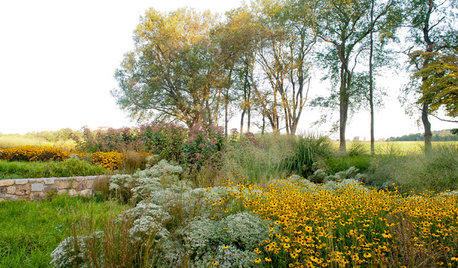
GARDENING GUIDES10 Essential Wildflowers for the U.S. Central Plains
Focusing on prairie wildflowers supports the most wildlife in a low-maintenance Plains landscape
Full Story
FALL GARDENINGBe Your Own Wildflower Nursery
Gather seeds from your garden in fall, and you'll have a selection of plants for next year — without spending a dime
Full Story
GARDENING GUIDES5 Prairie Wildflowers That Can Heal Your Soil
Get free, organic soil fertilizer with nitrogen-pumping plants that draw pollinators too
Full Story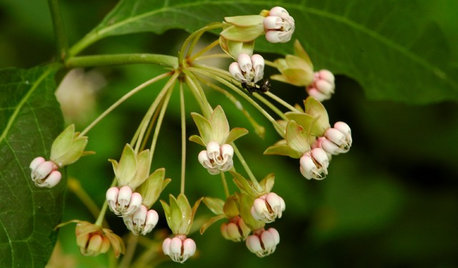
GARDENING GUIDES5 Unsung Wildflowers That Thrive in Dry Shade
Turn shady problem spots into garden idylls with with these prolific, easy-care bloomers
Full Story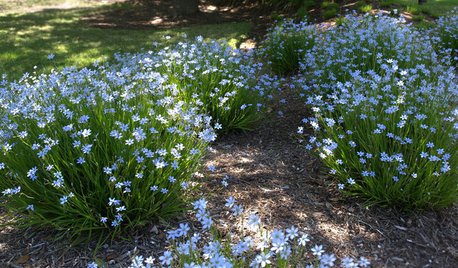
FLOWERS10 Spring Wildflowers for the Central Plains
These blooming native perennials thrive in dry locations and help welcome early-season pollinators
Full Story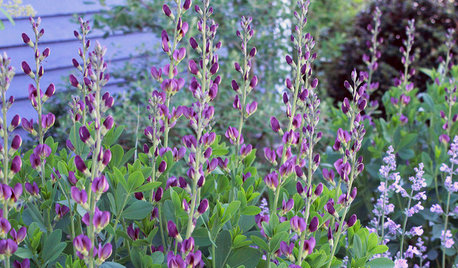
GARDENING FOR BUTTERFLIES7 Native Wildflowers to Make You an Awesome Butterfly Host
Offer the leaves of these and you’ll get more butterflies than with flower nectar alone
Full Story
KITCHEN DESIGN2012 Color Trends: Natural Purples for Kitchen and Bath
Hot now: Purples swiped from dusky sunsets and wildflowers
Full Story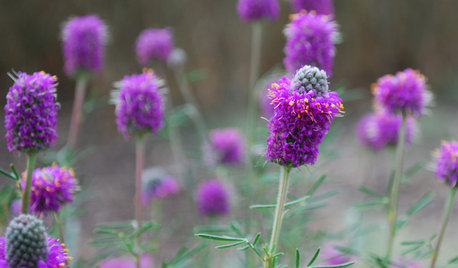
GARDENING FOR BUTTERFLIESGreat Design Plant: Purple Prairie Clover
Bees and butterflies and color, oh my! This cheery native perennial will energize your landscape
Full Story
GARDENING GUIDESGreat Design Plant: Purple Needle Grass, California’s State Grass
The long-lived, drought-tolerant Stipa pulchra is as admired for its benefits as for its good looks
Full StoryMore Discussions






Crazy_Gardener
northspruceOriginal Author
Related Professionals
Wrentham Landscape Architects & Landscape Designers · Bergenfield Landscape Contractors · Bethel Park Landscape Contractors · Columbine Landscape Contractors · Fort Wayne Landscape Contractors · Garland Landscape Contractors · Lyndhurst Landscape Contractors · Merced Landscape Contractors · Mission Viejo Landscape Contractors · Four Corners Landscape Contractors · Sun Valley Landscape Contractors · Marietta Window Contractors · Baileys Crossroads Window Contractors · Indian Creek Window Contractors · Phelan Window ContractorsPudge 2b
northspruceOriginal Author
Pudge 2b